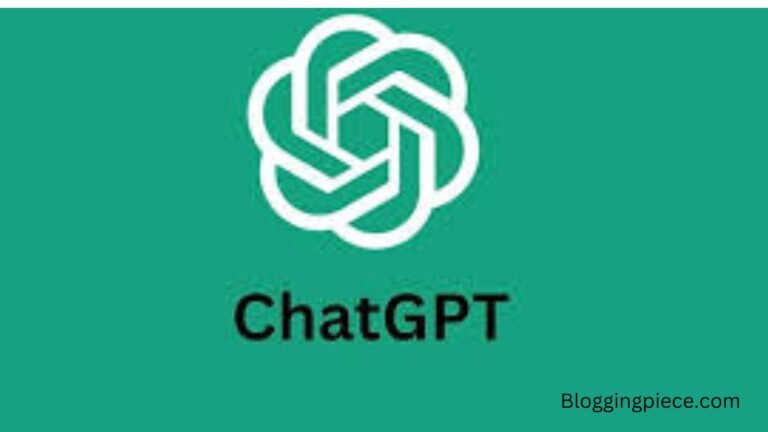Introduction
The advent of chatgpt has revolutionized the way we interact with technology. These AI-driven assistants are designed to simulate conversation with human users, especially over the internet. They have become increasingly sophisticated, capable of performing a wide range of tasks from providing customer service to offering personalized recommendations.
Understanding Chatbot Technology
At the core of chatbot technology lies natural language processing (NLP), which allows chatbots to understand and respond to human language. Advanced algorithms and machine learning models enable chatbots to learn from interactions, improving their accuracy over time.
Applications in Various Industries
Chatbots are employed across various sectors, including healthcare, finance, and customer service. In healthcare, they can schedule appointments and provide medical information. In finance, they assist with transactions and account management. In customer service, they offer instant responses to inquiries, improving efficiency and customer satisfaction.
Challenges and Limitations
Despite their advancements, chatgpt face challenges such as understanding complex human emotions and maintaining context in longer conversations. They also struggle with nuances and idiomatic expressions, which can lead to misunderstandings.
Final Remarks
As technology continues to evolve, chatbots like ChatGPT are expected to become even more integrated into our daily lives. They hold the potential to transform communication, making it more efficient and accessible. However, it is crucial to address their current limitations to ensure they can provide the most value to users. The future of chatbots is bright, and their development will be an exciting journey to follow.


